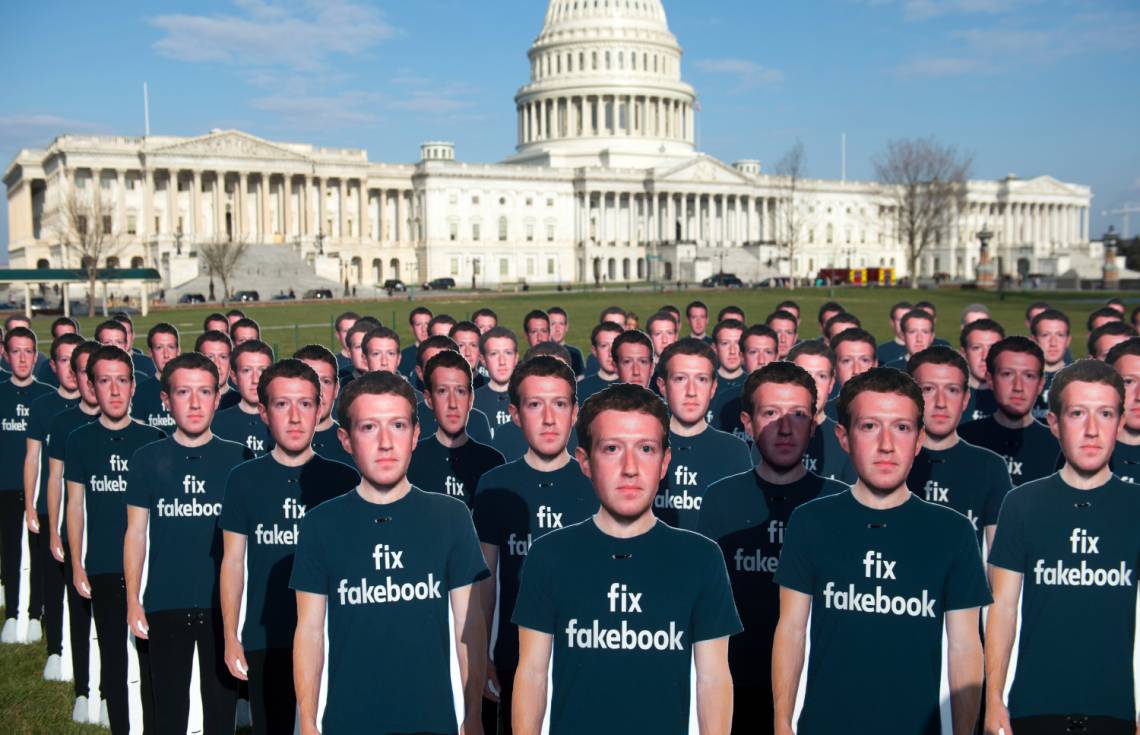In a little over a decade, social networks have become a global vector for the dissemination of information, but they often also propagate erroneous or hateful messages. How can news media differentiate themselves? This is the subject of the 4th issue of "Mediation", a biannual publication of Fondation Hirondelle, whose introductory article is published below.
Online social media, which appeared in the mid-2000s and were first a space for exchanging personal news among the Western middle class, became a global media phenomenon about 10 years ago: 58% of the world’s people aged over 13 now use at least one social network. In the countries where news and information constitute a market, 36% of users of Facebook, the biggest social network with 2.3 billion accounts worldwide, consult their account for information purposes. In emerging countries facing new forms of censorship, such as Brazil or Turkey, the Whatsapp mobile phone application - owned by Facebook - is increasingly being used by groups of several thousand people to share information on topics of common interest. The success of these platforms is largely due to the democratization of the media that they bring: everyone can produce and disseminate information, without going through the filter of a recognized media or institution.
But the years 2016 to 2018 raised a global mistrust of social networks related to the political and social consequences of their massive use for misinformation purposes. One case stood out: Cambridge Analytica and the way it used Facebook to promote Brexit and then the election of Donald Trump as President of the United States. In Burma, the army is accused of creating hundreds of Facebook pages to spread hatred of the Muslim Rohingya minority, several thousand of whom were massacred and more than 700,000 forced to flee to Bangladesh in a process that the UN Human Rights Council has described as genocide.
When questioned on these issues by the public and by governments, the companies that own these social networks propose technical self-regulation measures on algorithms, or editorial measures on publication rules. These measures remain unclear, and have difficulty convincing people of their good faith and effectiveness. Nor do governments dare to legally restrict too much these platforms, which are popular and a source of economic development. In this context, how can news media stand out on social networks?
For Fondation Hirondelle and its media, social networks represent an opportunity that cannot be ignored to diversify the channels of access to our information and programmes. The World Bank and International Telecommunication Union estimate that in 2025, 77 % of the world’s population will be regularly connected to social media and the Internet (compared with about half in 2019). We nevertheless work in countries which will probably remain among the least connected.
Whereas these tools for communication promised to bring more democracy and equality, they bring de facto a digital divide, i.e. a gap between the people who are connected and those who are only slightly connected or not at all. This gap accentuates the divisions but also inequalities, to the disadvantage of people who are less wealthy, less educated, living in rural areas. Women in particular have less access to these technologies. In addition, consuming information through social media accentuates the “amongst ourselves” phenomenon and restricts openness to other points of view.
Like any media organization, we therefore need to remain attentive to the technological means of our target audiences and use all the platforms available (audio, video, text) to continue reaching the largest number of people, without discrimination.
Caroline Vuillemin,
Directrice générale de la Fondation Hirondelle
Find this analysis, as well as interviews with researchers and journalists, data and graphics in the fourth issue of "Mediation", the biannual publication of Fondation Hirondelle, to download here : https://www.hirondelle.org/pdfviewer/?lang=en&id=337




